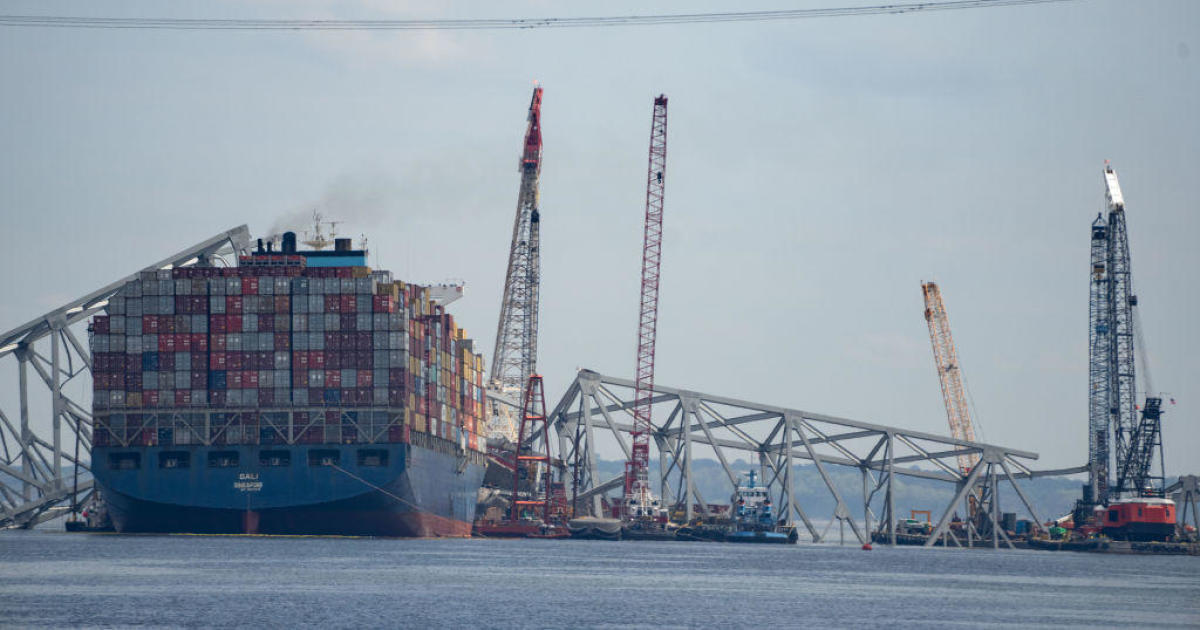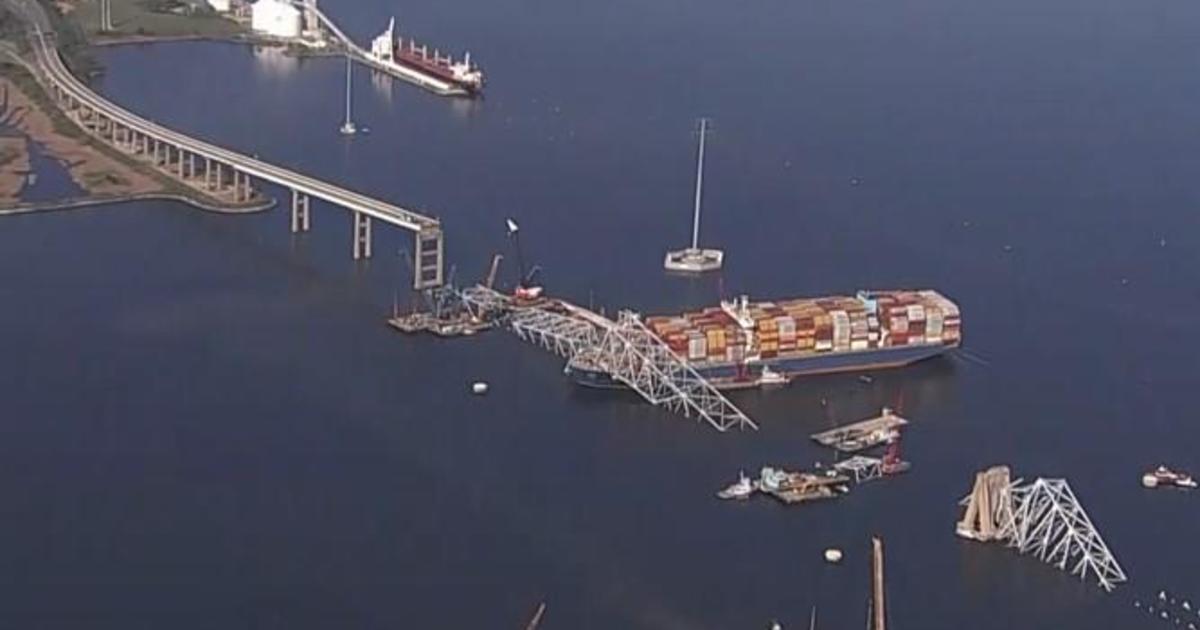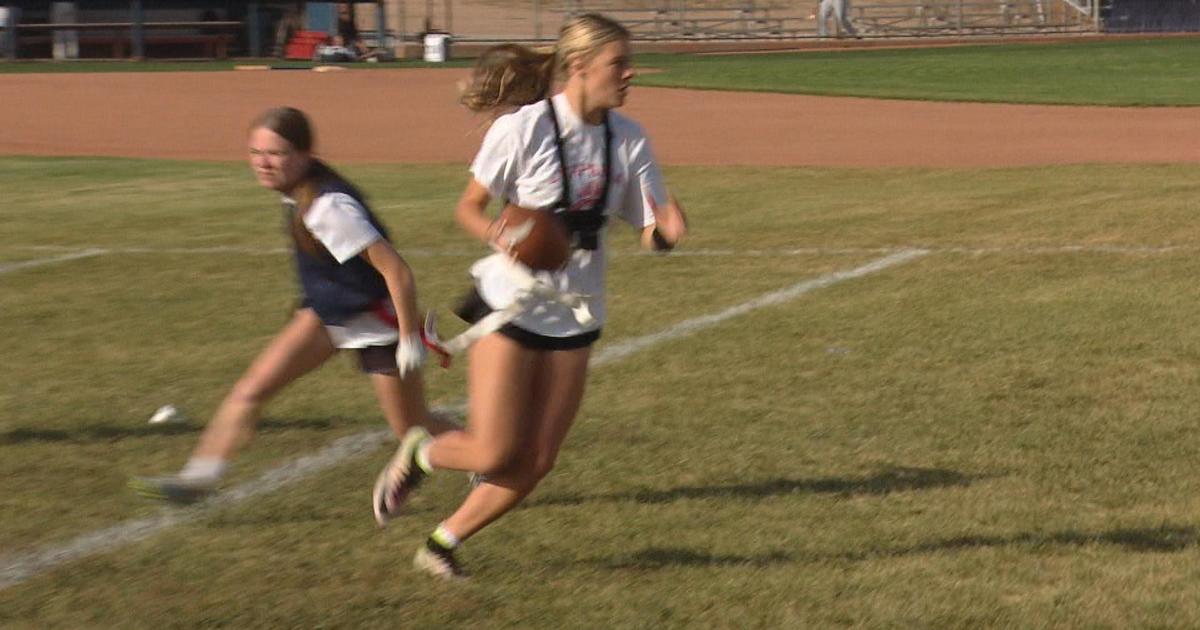Despite Excess Rain In 2018, Baltimore Inner Harbor's Sewage Contamination Went Down, Not Up
BALTIMORE (WJZ) — How healthy Baltimore's Inner Harbor is each year depends on the weather, and in 2018 weather meant rain.
And that meant sewage spills.
260 million gallons of raw sewage mixed with rainwater, flowed into streams and into the harbor. But in the annual "Harbor Heartbeat" report, fecal contamination levels went down, not up.
"And we think the impact of all that rain is that it diluted the pollution and helped flush it out of our streams and harbor," said Healthy Harbor Director Adam Lindquist.
While raw sewage remains a health threat, a billion dollar project to replace old lines is continuing, as well as a massive underground fix at the Back River Treatment Plant, where sewage is backed up for miles.
The completion date won't be until the end of 2020.
"End of 2020, and it is projected to reduce the amount of sanitary sewer overflow by 83 percent," said Baltimore DPW Director Rudy Chow.
The other major source of pollution is the tons of trash run-off carries into the harbor. The rain did nothing to dilute a record amount of floating litter.
But a major source is about to be taken out of the equation.
There is a new state law banning styrofoam containers, and that could make a difference for the harbor.
"In the past five years, we've picked up over one million foam containers out of the Baltimore harbor," Lindquist said.
A pollution source that will go extinct.
"That's the goal," Lindquist said.



